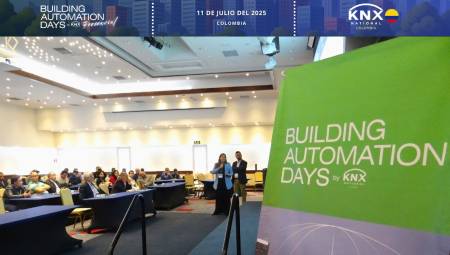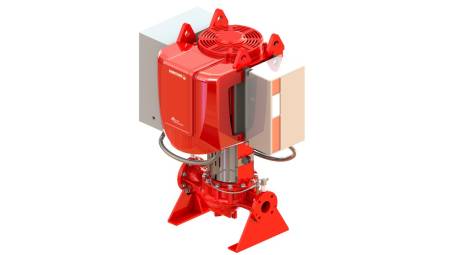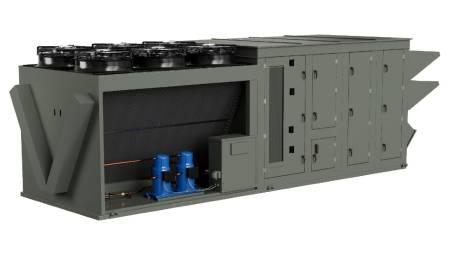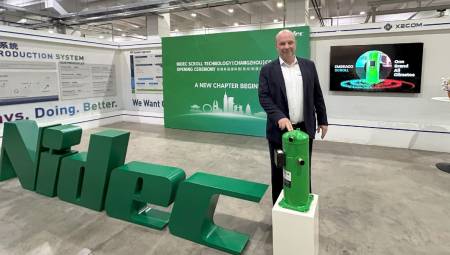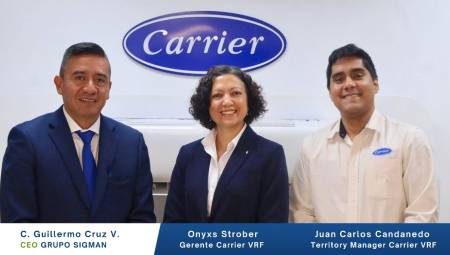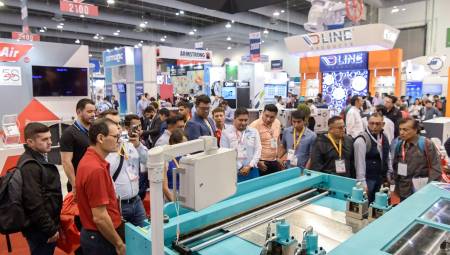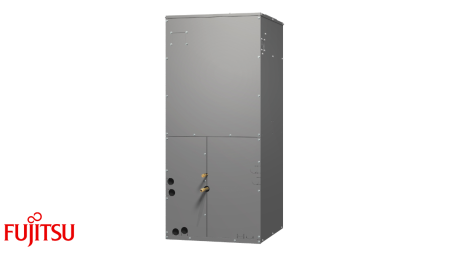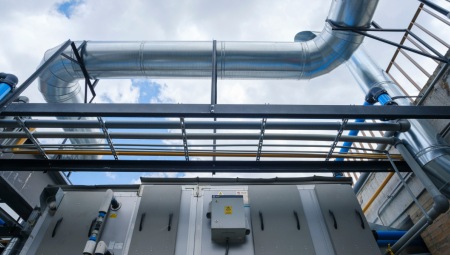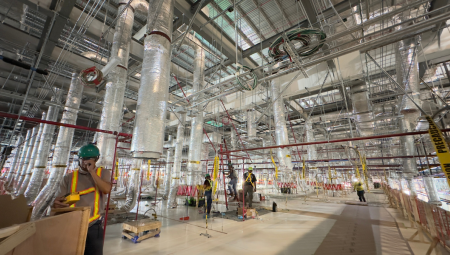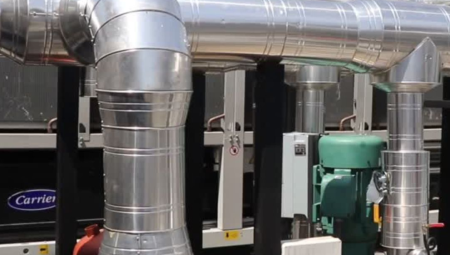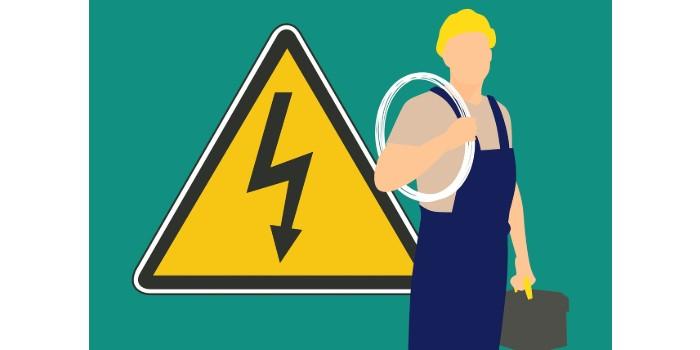 Analysis of problems generated by harmonics and voltage imbalances in modern air conditioning and refrigeration equipment.
Analysis of problems generated by harmonics and voltage imbalances in modern air conditioning and refrigeration equipment.
by Eng. Willian Morales*
It is important to note that the refrigeration profession in general we can understand that it is a person or company that is dedicated to the field of HVAC / R knowledge.
The refrigerator sees every day more complicated to be able to dedicate himself successfully to this profession, that is to say if previously he should have had full knowledge of thermodynamics, fluid mechanics, psychrometry to have a good theoretical support for the good performance of his profession, and this theoretical knowledge had to be accompanied by a vast practical knowledge of the operation of the refrigeration system to be able to diagnose the most common failures, as well as to have practice in knowledge of masonry, electricity, drains, welding and electronics.
Nowadays, for the reason that modern machines must be more efficient in their consumption of electrical energy either for ecological and / or commercial reasons, this knowledge of the refrigerator is more increased with the application of drives, inverter compressors, computational components immersed in the electronic circuits that govern modern systems of all types of machines applied to HVAC/R, including simple direct expansion, direct expansion of VRF systems, as well as chillers that already have compressors and fans that are able to vary their rotational speed depending on the thermal load.
This leads us to take note of how we should power the equipment electrically, analyze the power for this new equipment that is easily altered by harmonics and voltage imbalances, that is, we have to study with a harmonic analyzer how sinusoidal electricity is reaching our equipment, to try to eliminate the harmful effects of harmonics and voltage imbalances with preventive measures, in order to minimize these effects and thus be able to achieve the expected useful life of modern air conditioning and refrigeration equipment, having to further increase our knowledge to be a true HVAC / R refrigerator.
In Peru there is in many places with electrical power supply in 380 volts with neutral, that is, 4 cables, this is done to have 220 volts between any phase and the neutral, if the demand for electric charges have many non-linear electrical charges, positive harmonic sequence currents can be found, negative and zero; if the distribution is 380 volts three-phase with three wires, only positive and negative harmonic sequence currents will be found.
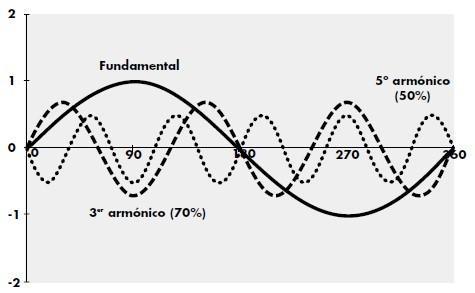
Figure 1. Fundamental wave with harmonics of 3° and 5° degrees
The harmonic currents that flow in the circuit of a network through the impedances cause a deformation in the fundamental sine wave, causing an abnormal deviation of the supply sources, causing probable premature failures in the equipment, electronic devices, contactors and thermal protections of the electric motors.
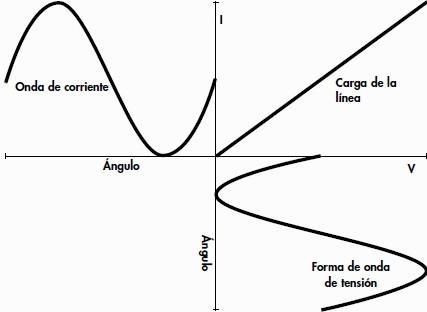
Figure 2.
Waveform of a linear charge -
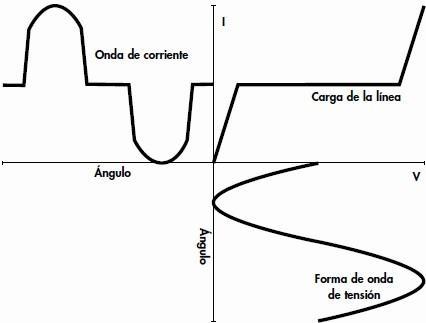
Nonlinear waveform
This is known as a low quality of the power supply. This phenomenon causes costly breakdowns in machines that at first glance are "normal", but despite a technical review the problem is still latent there, causing power transformers that are apparently well to overload, that neutral conductors that are in perfectly balanced circuits begin to overheat, that the thermal protections of electric motors and the electronic circuits of modern air conditioning systems fail inexplicably. It is time to analyze their electrical loads and especially non-linear electrical circuits, such as the electronic power cards that VRF air conditioning systems use a lot now. It is time to verify the "Energy Quality" that you are receiving and originating within your building or industrial plant, and then find out how to minimize the effect of harmonics.
Typical problems that originate harmonics
For the brevity of this article we cannot go much further, although it is necessary, due to the presence of many non-linear loads in modern life, to list the main problems and their solutions:
1.- Overheating and vibration in electric induction motors: these motors, being powered by a totally sinusoidal energy source, do not generate harmonics, in case of being fed by a low quality energy the electric motor may present an eventual failure causing excessive heating in the windings and in the stator as a result of the currents of Abnormal foucault, and in the presence of high-frequency negative harmonics such as 5° and 11° create a magnetic field and a rotation opposite to the magnetic field of the motor causing mechanical vibrations when these harmonics interact with the fundamental magnetic field.
The solution is to use two electrical circuits, one for harmonic generating sources such as computers and variable speed drives and another for the loads of electric induction motors; it is recommended that the total harmonic distortion of the voltage should be limited to an amount less than 5% of the line voltage.
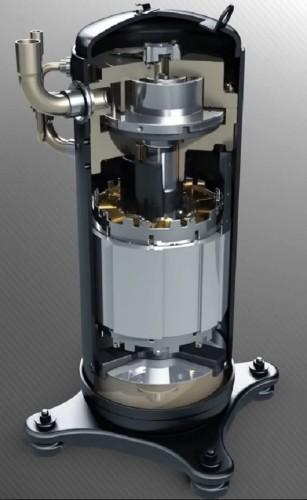
Figure 3. Inverter compressors
2.- Overheating of the conductors and oscillations in the automatic switches of electrical circuits: the harmonic currents tend to increase the effective current of the total current that circulates throughout the line, increasing the losses and causing excessive heating and the skin effect that is increased in the high frequencies of the harmonics, magnetic switches such as thermal Relays that protect electric motors that react to electrical overloads of the engine, are now confused and current in their eagerness to protect the motor, there are also many protections in air conditioning equipment that are protected with small measurement transformers where their secondary is a single spire that captures the Amperage of the compressor to protect it from an overload, could act by causing an alarm in the air conditioning equipment.
In this case it is recommended to use cable of greater section than those recommended by the manufacturer for its connection, in addition to placing small harmonic filters in the power input.
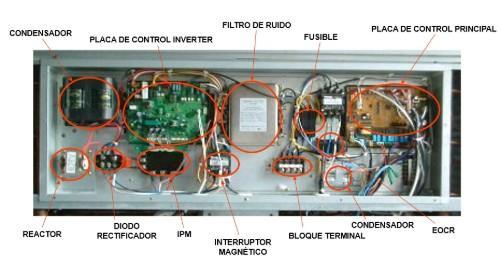
Figure 4.
Inverter control board
3.- Overheating of the neutral conductors, in the face of this unusual failure even having sized the neutral cable well, it is affected by the possible increases in load caused by the harmonics. It is recommended to size the neutral cable of greater section as anticipating a possible formation of harmonics in the power line, in order to avoid its overload and that the skin effect occurs in the cable. As we know, electric currents travel through conductors through their outer surface in greater quantity (see Figure 5).
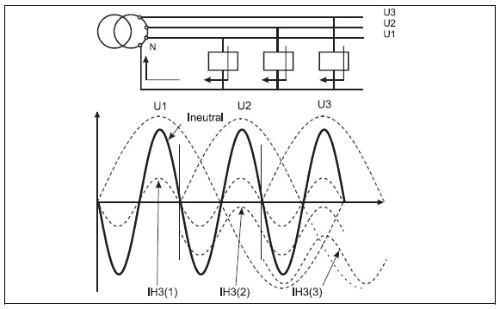
Figure 5.
4.- Overload in capacitors of correction of the power factor: in this case, as the value of the reactance is inversely proportional to the frequency, the harmonic currents of greater frequency circulate more easily where there is less impedance, instead of going to the distribution transformers, being the consequence of the capacitors being overloaded and heated due to harmonic currents; the problem is aggravated if the capacitors and distribution inductances enter into resonance, so the harmonic current can reach a very high peak by overloading the capacitors and burning the fuses.
Resonance currents should be avoided by placing inductances in series with capacitors that prevent resonant waves from forming (see Figure 6).
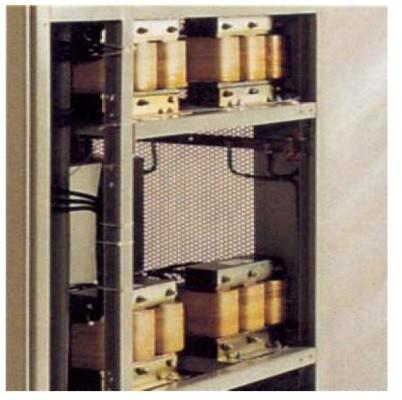
Figure 6.
5.- Overload of the distribution transformers: the harmonic currents negatively affect the distribution transformers that feed non-linear loads, the distorted wave causes excessive heating in the windings, likewise the losses in the metal core of the transformer are increased due to the eddy eddy currents. In this situation it is better to make the transformer work below its maximum load, thus avoiding failures, but the capacity of the transformer would be lowered.
Line reactors can also be installed in series with the feeder conductors of nonlinear loads, so that these smooth the wave resulting from the sum of the fundamental wave and the harmonics.
6.- Install harmonic filters: sometimes, changing the cables for larger sections becomes very difficult; harmonic filters can be installed to retain or minimize harmonic currents in the wiring, the characteristics of harmonic filters must be analyzed by a specialist according to each situation.
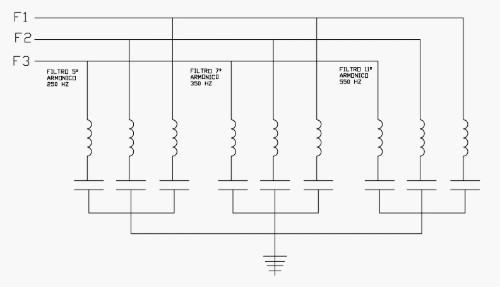
Figure 7. Harmonic filters.
Voltage imbalance
In any electrical system made for any building or factory, for the very reason of the use of electrical energy in different functions that can be lighting, power of electric induction motors, linear and non-linear circuits such as computers, drives, etc., we will have single-phase, three-phase loads, etc. Even though initially the electrical system may be balanced, the distribution of electrical power is very diverse and difficult to balance, especially the single-phase loads in the three-phase grid that cause the imbalances.
The result is the appearance of reverse and homopolar sequence current components that result in additional losses of power and energy, further heating of electrical machines limiting the maximum load capacity, reduction of the load capacity of the conductors of the electrical power distribution, in asynchronous induction electric motors with delta or star connection without neutral, the imbalance will cause negative sequence currents, generating magnetic fields opposite the fundamental magnetic field causing vibrations and the equivalent of an electric brake.
This electric field that opposes the fundamental field causes heating in the windings, reduction of the nominal power of the motor, with losses of active power in the motor, something similar happens with the torque that is reduced by the reason of the opposite magnetic fields of negative sequence.
The analyses of this very common phenomenon in the city show that if the imbalance is less than 2% of the nominal voltage value, the machine is not very affected, but if it exceeds a higher value the motor must be subjected to a "derating" regime.
We can put some country standards as practical examples:
United States: ANSI C84.1 Annex 1, and NEMA MG1, for imbalances greater than 1% derating should be applied to electric motors.
Brazil: 2% is applied as a maximum imbalance.
Germany: according to the VDEW of 1992 the compatibility level is 2%.
* Engineer Willian Morales Quipe. Mechanical Electrician UNI - CIP N° 93846. General Manager RETER EIRL - PERU. You can be contacted at: [email protected]



